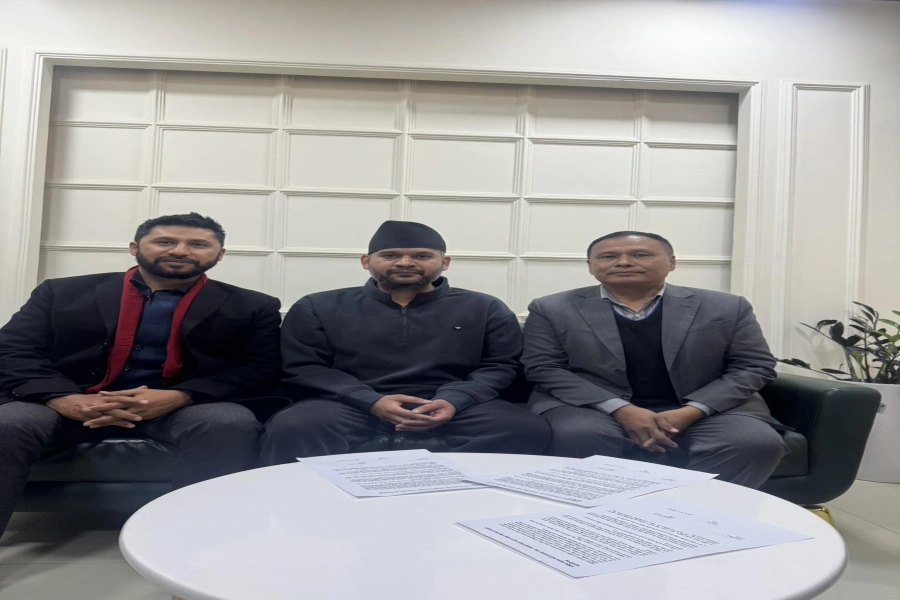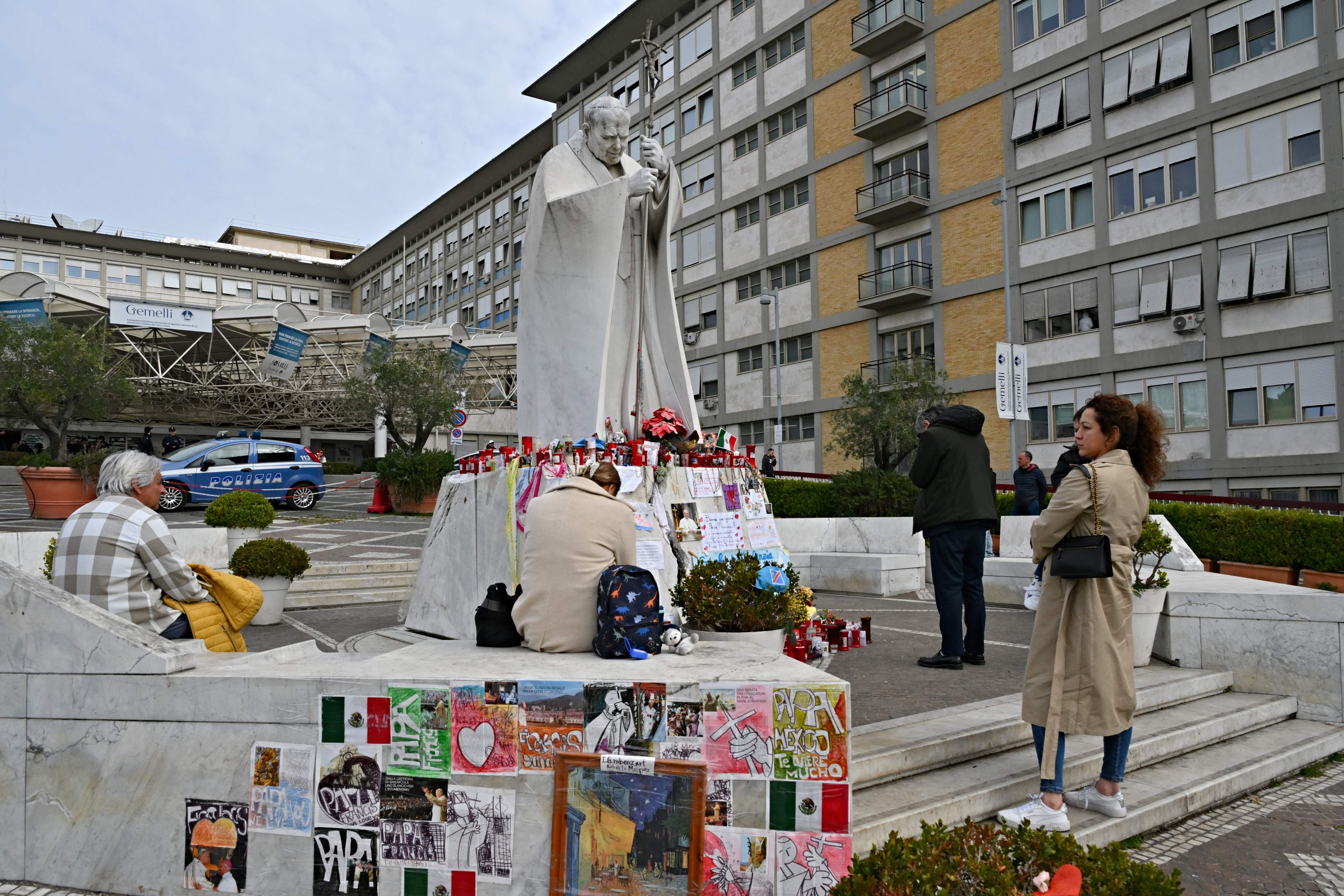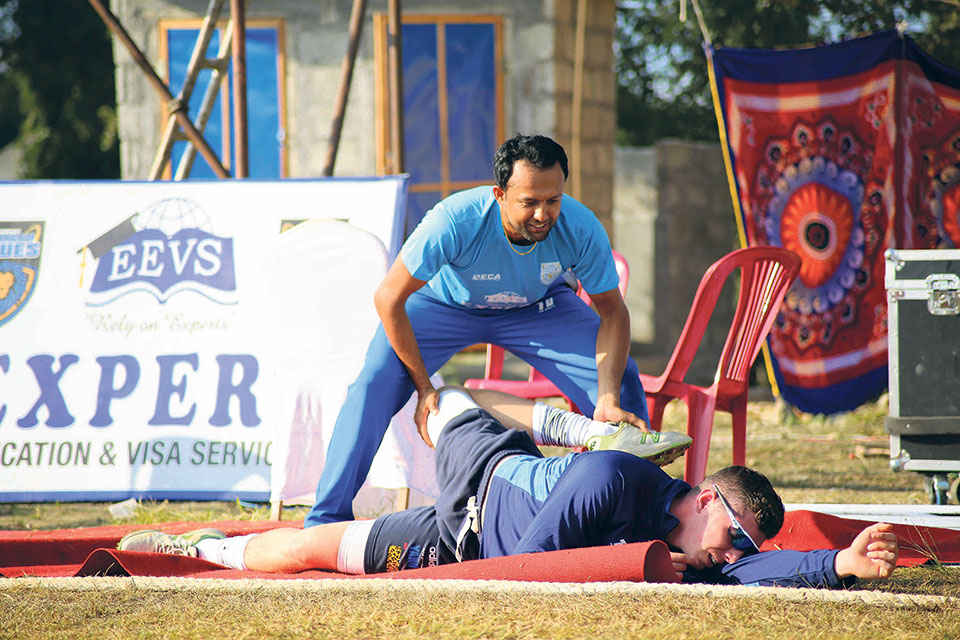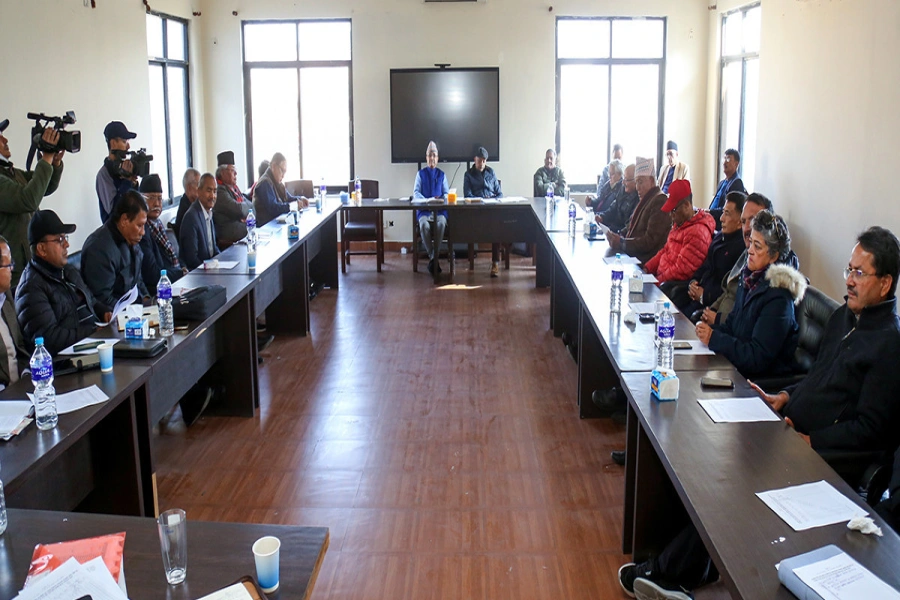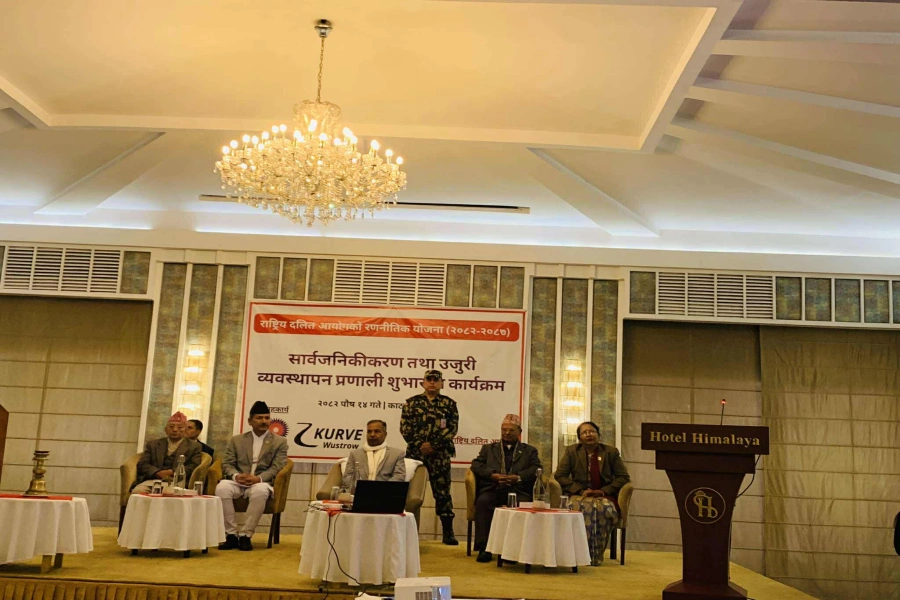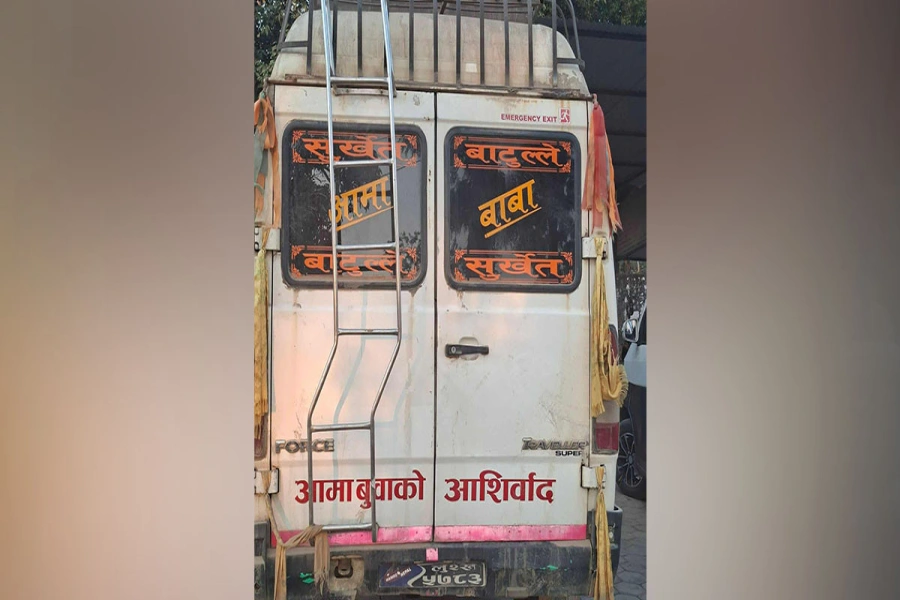Dr Paras Shrestha, 28, is a physiotherapist at Annapurna Neurological Institute and Allied Sciences (ANIAS) in Maitighar, Kathmandu.
Physiotherapy for prevention

A graduate of Bachelor's in Physiotherapy from Kathmandu University, he earlier worked at Medicare National Hospital and Research Center Ltd, and Norvic International Hospital before joining ANIAS in 2009.
Although people in Nepal are only very recently becoming aware of the importance of this field of physical medicine and rehabilitation specialty, he says successfully assisting his patients to overcome movement disorders caused by various reasons like accidents, ageing, or conditions present from birth, always motivates him.Republica caught up with Dr Paras to talk about the challenges of being a physiotherapist in Nepal, his work ethics, future plans, and other things in between.
What got you interested in physiotherapy?
After completing my SLC, I wasn't really sure what to pursue next. Just then, I came to learn about physiotherapy and how it's an emerging subject with a good scope. After doing further research on this subject and understanding that it is one of the therapeutic treatments that helps to treat patients without medicine prescriptions, I was drawn towards it. That's basically what got me interested in this subject.
What are some of the challenges that you face as a physiotherapist? How do you overcome them?
Earlier, there was very less awareness about physiotherapy among people and even medical institutions hesitated to hire us, let alone have a separate physiotherapy department. Things have changed for the better in the last few years, and many hospitals have incorporated physical therapy as an integral part of the treatment process (depending on the case of course), many people aren't yet aware about what it is really about unless they're specifically referred to a physiotherapist by doctors.
Besides, the recruiting hospitals and organizations don't have enough physical infrastructures and settings for proper rehabilitation. Another significant challenge is that most people don't understand that restoring a patient's functional abilities isn't possible through a single handed effort of physiotherapists. Also, we can't promise instant results, and unless a patient understands that and cooperates with us, we can't help much. The profession isn't very lucrative, either.
While Nepal Physiotherapy Association (NEPTA) has been working actively to help raise awareness about physiotherapy, personally, I've been giving my best and embracing evidence based practice to treat patients in order to overcome these challenges.
How do you see the scope of physiotherapy in Nepal?
Well, like I already said, things are changing for the better. After the April 25 earthquake and the subsequent aftershocks, many NGOs and INGOs have recruited many physiotherapists for the rehabilitation of those injured in the disaster. This has helped to increase the awareness of physiotherapy among Nepalis. Most hospitals in Kathmandu have separate physiotherapy department, too. If the government allotted seats for physiotherapists in district level hospitals, it would further widen its scope.
What are your future plans?
I don't have a concrete future plan at the moment, but I'd want to pursue my postgraduate studies, soon.


